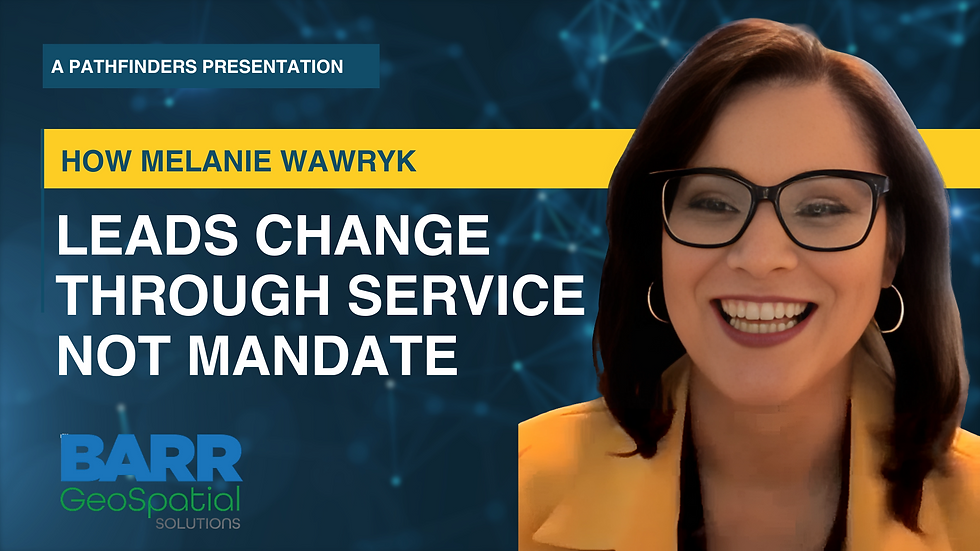Tim Nolan: Helping a Community See Itself
- Jeff Lamb

- Dec 1, 2024
- 3 min read
Updated: Aug 29
“How do you describe GIS?” It’s the question that kicks off every Pathfinders interview, and Tim Nolan doesn’t hesitate. “I describe it awkwardly like everyone else does,” he laughs. But his favorite answer? “Modern geography.” That’s how Tim explains the work he’s done for over 30 years at Collin County, Texas—where geography isn’t just about maps. It’s about understanding change, solving problems, and showing people what’s possible.
Then Tim started his career in the early 90s, GIS (Geographic Information Systems) was still something people had to explain. He remembers being hired despite lacking the “required” five years of experience—thanks, in part, to his first job as “the plot boy” at the City of Arlington, where his job was to monitor the ink on a pen plotter. “It wasn't glamorous,” he says, “but I applied anyway—and that little experience got me over the hump.” That leap of faith launched a career defined by quietly transformative work and a deep commitment to public service.
Tim describes his role today as a proud “middle manager” overseeing GIS, records, and app development. It might sound technical, but at the heart of it is something deeply human.
“Working for a government has satisfied my need to give back to the community,” he says. “Records especially—people use them for genealogy, for understanding their history. That’s meaningful.”
He’s seen firsthand how technology can be used to respond in real time. After a tornado tore through a Texas city in 1993, Tim used crude aerial footage and outdated maps to trace its path—creating a GIS-based analysis so timely it was featured on the evening news, with the governor pointing right at it.
“We didn’t have drones or high-resolution data. But we dropped everything and made something that helped.”
That same instinct drove Tim’s team during the COVID-19 pandemic. When vaccines were scarce, they built a waitlist that helped distribute over 275,000 doses. “It chokes me up thinking about it,” he says. “We gave people hope—and when the vaccines arrived, our list became the gold standard. Cities would say, ‘We’ve got 13,000 doses,’ and we’d hand them the first 13,000 names. It felt good to serve in that moment.”
But GIS isn’t just about crisis. It’s about visibility. About making the invisible, visible. One of Tim’s proudest innovations was a real-time voting line app—using GIS to show citizens which polling locations had the shortest wait times.
“We couldn’t tell them where to go—that’s against the rules,” he explains, “but we let them make that choice for themselves. That’s empowering.”
Today, Tim leads a small but mighty team, fostering a culture of collaboration and trust. “We don’t just see tasks—we visualize work together,” he says, pointing to the Kanban boards behind him. His advice to others in government tech?
“Don’t lead with the tech. Just listen. If someone’s going through 10 steps to find out if an address is in a district—ask why. Then build them a one-click app.”
After three decades in the same role, Tim doesn’t just reflect—he reaches forward. “We started an internship program in 1994,” he says, “and just before the pandemic, we hired someone younger than the program itself.” He sees hope in the next generation and serves as a mentor through the Geospatial Professional Network. “Job crafting,” he says, “is the reason I still love coming to work.”
If you’ve ever felt invisible in your role or unsure about your path, Tim’s story is proof that quiet consistency and compassion can leave a legacy.







Comments